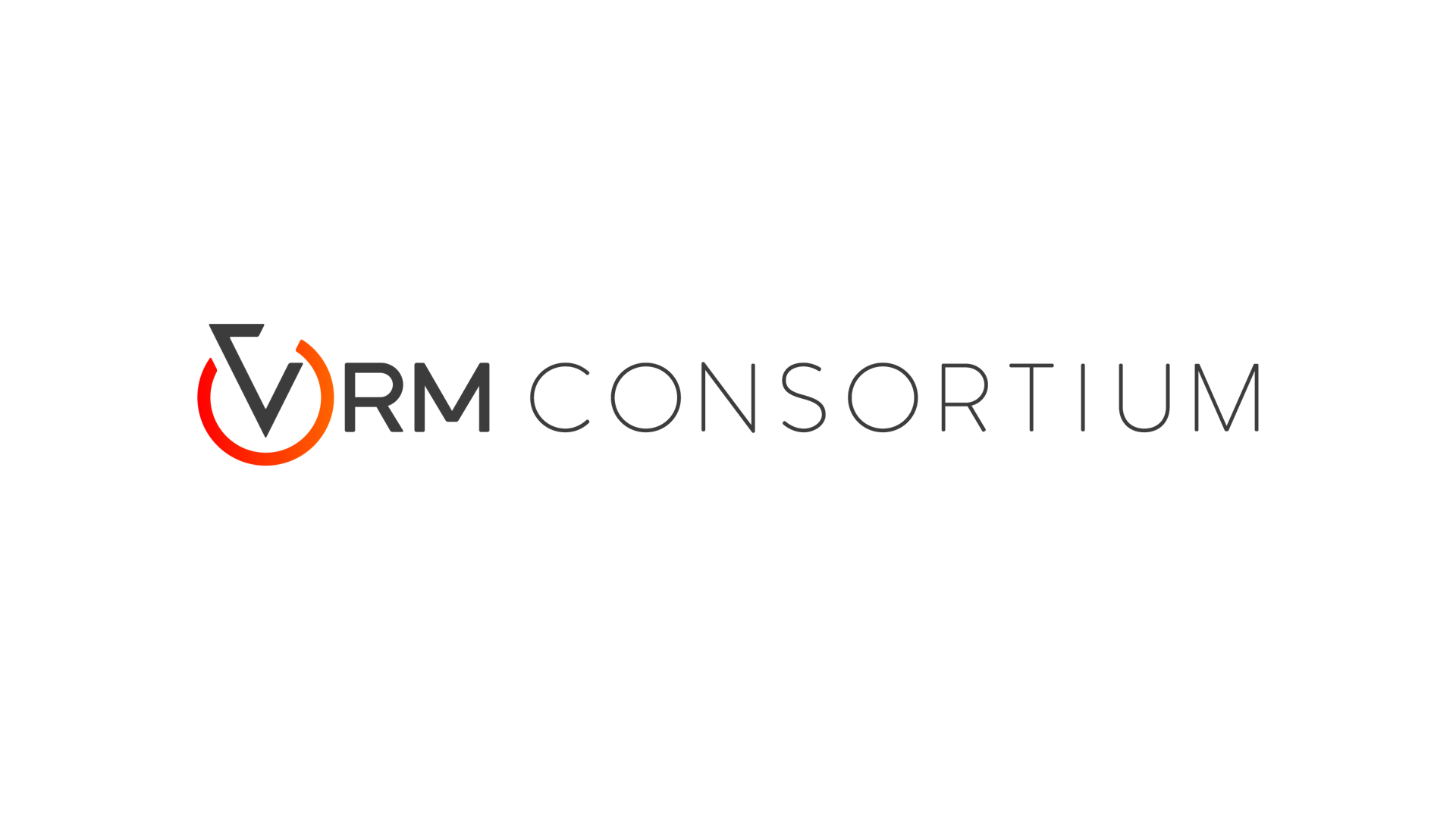<< Return to the Previous
Page

VRM-1.0
- Abstract
- What is VRM?VRM can handle humanoid character avatars.Provides a standard implementation (UniVRM) for reading and writing VRM files in UnityThe format is glTF based, so it's cross-platform. It can also be handled by other game engines and the Web.ContentsVRM is formulated on top of the 3D standard format glTF2.0 to handle the humanoid model. The humanoid motion (e.g. from motion capture) can be reproduced based on defined Humanoid bones in VRMRuntime VRM Import: all data including textures and materials is compacted as one file. To import the VRM model into applications, only one single file is neededStandard face operations such as emotions, blinks, and aiueo are defined, and you can do the following.Select facial expressions by user operationLip sync from voiceRandom blinkAssign facial capture? BlendShapeIt supports 3 types of materials (shaders).? PBR? Unlit? MToonIt supports 3 types of line-of-sight control.? Gaze by Bone? Gaze by BlendShape? Gaze by TextureUVThere is a standard implementation of swaying objects that does not depend on the physics engine, such as the character's hair.? SpringBoneAvatar's first-person view is available in VR? FirstPersonDespite the Meta information such as Model Title and Author Name, with the advent of the VR era, Thumbnail and License Information are also included in the VRM file.? MetaAs described above, VRM is not just a 3D model data. It is designed for being able to be used right away once being loaded into applications.
- Supplementary Normative References
- Khronos glTF 2.0
- Website
- https://vrm.dev/en/vrm1/index
- Domains
- Content Creation
- Maturities
- published
- Types
- Technical Specification
<< Return to the Previous
Page